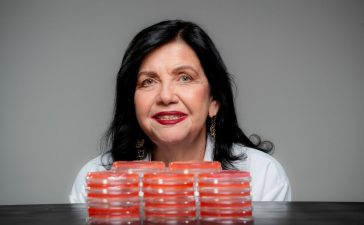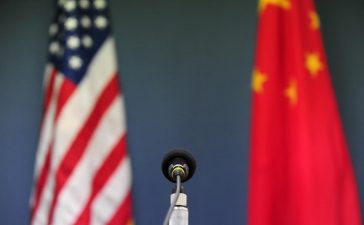Unlock the Editor’s Digest for free
Roula Khalaf, Editor of the FT, selects her favourite stories in this weekly newsletter.
When Anil Wadhwani arrived at Prudential in 2023 and said things would be done differently, the new chief executive didn’t really have a choice. Incorporated in the UK but focused on Asian life insurance, the Pru is an odd hybrid.
It is the result of a 2021 break-up that split off its UK and US operations to focus on higher-growth businesses — a classic corporate finance move meant to bring a higher rating and better times for shareholders. It hasn’t worked. Indeed, total returns from M&G in the UK and US business Jackson have easily outstripped Pru’s as Asian growth has slowed.
Prudential shares are hovering close to 10-year lows. Global events have not helped with China and Hong Kong shut for business for much of the pandemic. The basic premise seemed sound: insurance remains underpenetrated in fast-growing developing Asia.
But Pru shares trade on the same nine times forward earnings multiple they did when UK business M&G was split off in 2019. True, Pru’s discount with peer AIA has shrunk. But that seems a pyrrhic victory as shares in both have derated on slowing growth: both are down roughly a third over the past year.

AIA is upping capital returns in response, announcing an additional $2bn buyback at first-quarter results. AIA has already returned more than $7bn from an existing $10bn buyback programme.
Analysts expected extra capital returns from the Pru at its first quarter update in April but were left waiting. A capital markets day before half-year results in August should provide an update on spending plans. Wadhwani should resist the temptation to throw too much cash at shareholders and instead stay the course with growth.

He has about $4bn of excess capital to play with, 16 per cent of the current market value. An existing investment plan might need $500mn of that over the next two years. Deals in the works to expand in Malaysia and the Philippines plus maintaining a sensible cash buffer might leave $1bn for a potential buyback, thinks Jefferies.
But with the current dividend yield of just 2 per cent, such a buy back would only boost the total return to 6 per cent, below the 9 per cent that the rest of the UK life sector is offering.
Wadhwani is right that he needs to do things differently to vindicate the decision to split. Efforts to close the gap with faster growing and more profitable competition would be an unpopular but necessary choice — and a reminder that the reratings promised in bankers’ pitchbooks aren’t always so easily found in practise.










